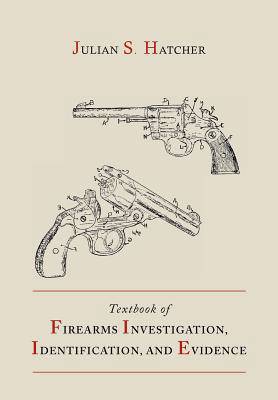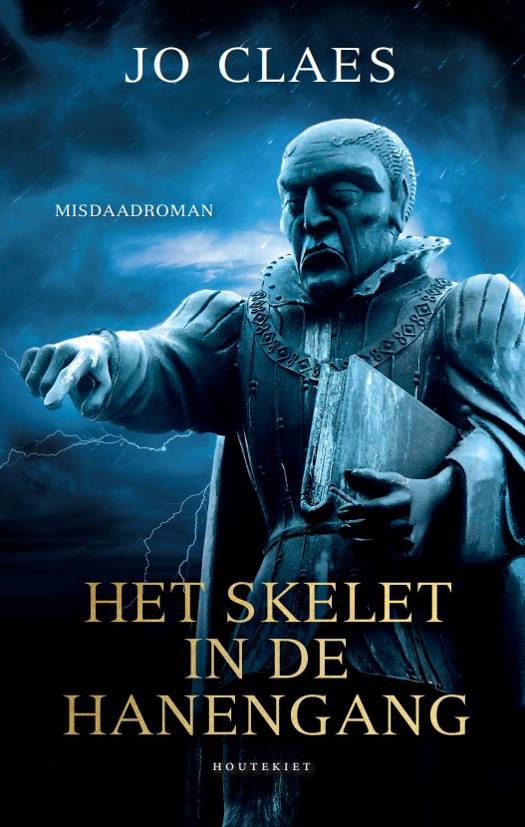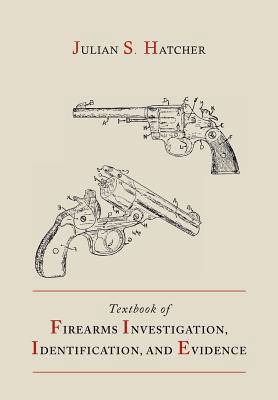
- Afhalen na 1 uur in een winkel met voorraad
- Gratis thuislevering in België vanaf € 30
- Ruim aanbod met 7 miljoen producten
- Afhalen na 1 uur in een winkel met voorraad
- Gratis thuislevering in België vanaf € 30
- Ruim aanbod met 7 miljoen producten
Zoeken
Textbook of Firearms Investigation, Identification and Evidence Together with the Textbook of Pistols and Revolvers
Julian S Hatcher
Paperback | Engels
€ 43,45
+ 86 punten
Omschrijving
2012 Reprint of 1935 Edition. Exact facsimile of the original edition, not reproduced with Optical Recognition Software. This is a classic in the field of identifying firearms and ammunition used in criminal activity. Major Hatcher was a very experienced US Army ordnance officer and a rifle shooter of some distinction. He had also served in a variety of assignments that involved the design, manufacturing and testing of ammunition and firearms. This book by Hatcher received excellent reviews and was quickly adopted by many firearms examiners throughout the United States. Hatcher is also credited with several technical books and articles relating to military firearms, ballistics, and auto loading weapons. His premier works are "Hatcher's Notebook" and "Book of the Garand," along with "Pistols and Revolvers and Their Uses" and "Textbook of Pistols and Revolvers." In the latter work he introduced the Hatcher Scale, probably the first attempt to determine the stopping power of a handgun round by a formula. He was also a pioneer in the forensic identification of firearms and their ammunition. Hatcher retired from the United States Army as a Major General. Afterward, he served as Technical Editor of the National Rifle Association's "American Rifleman" magazine.
Specificaties
Betrokkenen
- Auteur(s):
- Uitgeverij:
Inhoud
- Aantal bladzijden:
- 904
- Taal:
- Engels
Eigenschappen
- Productcode (EAN):
- 9781614273493
- Verschijningsdatum:
- 5/09/2012
- Uitvoering:
- Paperback
- Formaat:
- Trade paperback (VS)
- Afmetingen:
- 170 mm x 244 mm
- Gewicht:
- 1410 g

Alleen bij Standaard Boekhandel
+ 86 punten op je klantenkaart van Standaard Boekhandel
Beoordelingen
We publiceren alleen reviews die voldoen aan de voorwaarden voor reviews. Bekijk onze voorwaarden voor reviews.











